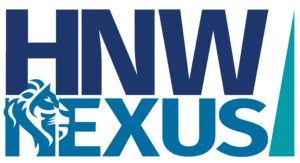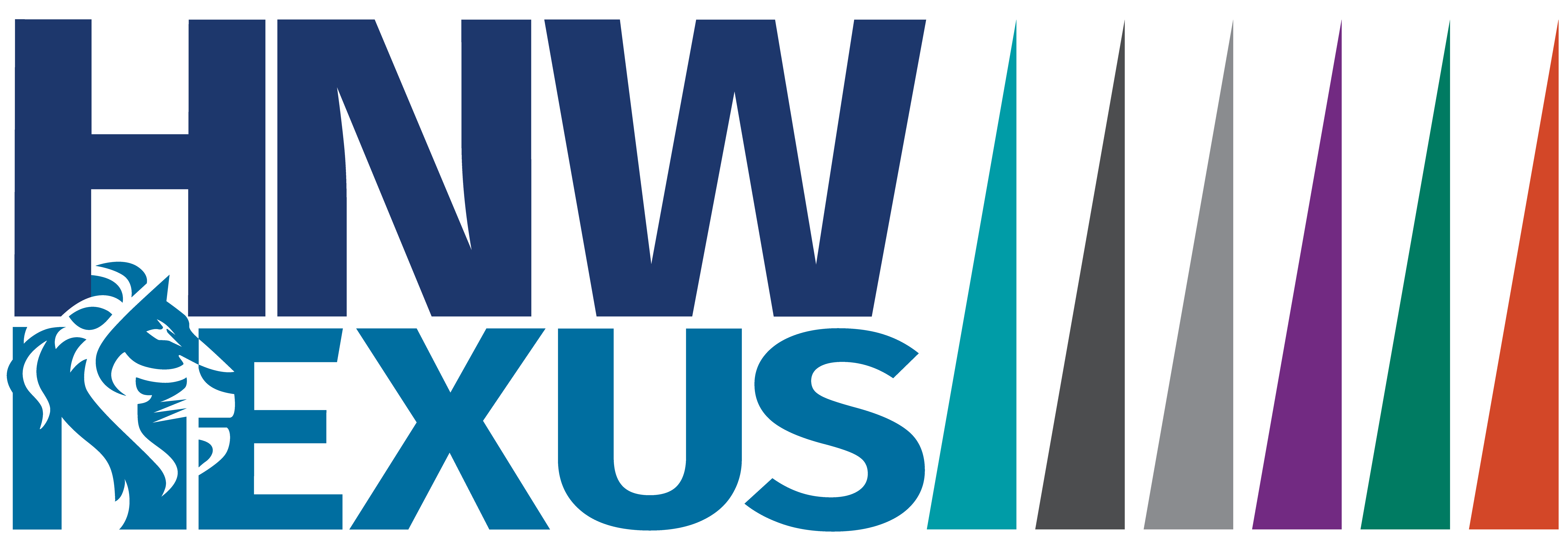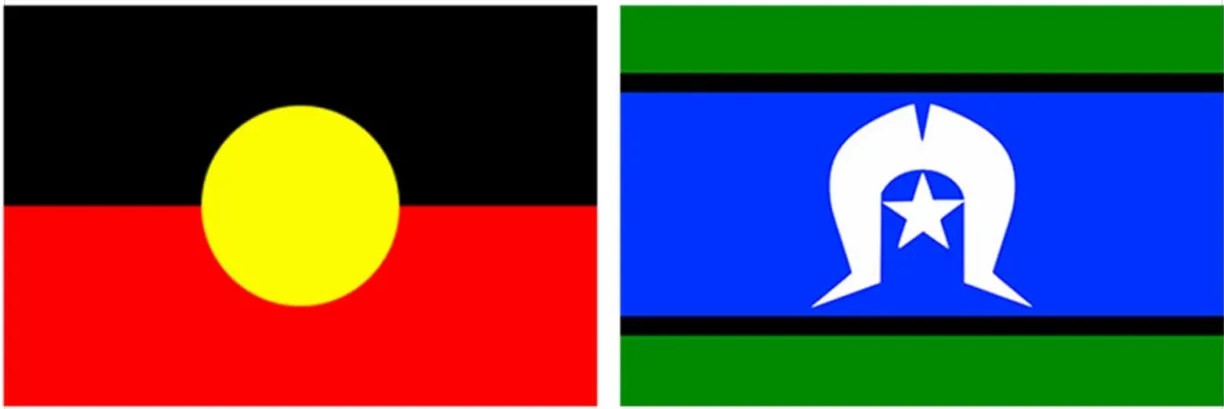
ANZ Bank (ANZ) released its full-year results, which came in around market expectations, highlighting the increased competition in deposits and lending. ANZ is the last of the big four banks to report this season, with CBA to give its third-quarter update tomorrow. The HNW Core Portfolio holds a 9% weight to ANZ.
Key Points:
- Profit Flat: Net profit was flat on last year at $6.9 billion, driven primarily by lower cost initiatives, largely being offset by lower net interest margins (Interest received from home loans minus Interest paid for deposits) as mortgage competition continues to rise.
- Low Bad Debts: Bad debts continue to remain extremely low at 0.04% of gross loans. Similar to the other major banks that have reported over the last week, there is a clear emphasis on strong loan writing. However, as Atlas has discussed previously, a significant portion of the “prudent bank lending” that is now leading to low bad debts was imposed on banks by APRA, forcing them to refrain from lending to riskier borrowers, such as property developments with minimal pre-sales.
- Productivity Program: During October, the new ANZ CEO, Nuno Matos, outlined how ANZ would grow profits through a more aligned deposit base and reduce costs within the business. ANZ is currently targeting $500 million in annual cost savings across the bank, with the majority expected to come from the Suncorp integration and lower staff costs.
- Strong Leader at the Helm: The new CEO, Nuno Matos, has made it clear that ANZ historically attempted to achieve too many things simultaneously and that the business has become overly complex, with excessive costs and a breakdown in risk culture. Nuno has made it clear that he is targeting a simpler and more profitable bank with a much clearer risk culture, to the extent that ANZ has clawed back $32 million in bonuses and long-term incentives for previous management. A move that pleased many in the market today.
- Strong Balance Sheet: ANZ currently has a solid capital ratio of 12.0% after the acquisition of Suncorp Bank; this is above the APRA minimum capital target requirement of 11.5% and provides ANZ the flexibility it needs during the transition.
- Show Me the Money: ANZ’s dividend remained flat at $0.83 per share, 70% franked, representing a payout ratio of 84%.
- Guidance: ANZ did not provide any business guidance but noted that they plan to grow profits through better alignment of their deposits and cutting costs by 3%, the first of which was announced in October, with 3,500 to be removed over the next year.
CEP Strategy: We own ANZ in the Portfolio on both valuation grounds and the tailwinds the bank will enjoy over the next few years as Suncorp Bank continues to be integrated into the ANZ system and increases ANZ market share, as well as rationalising its branch network. ANZ remains the cheapest bank and trades on a PE of 16x and a dividend yield of 4.5%
ANZ finished up +3.2% to $37.98


